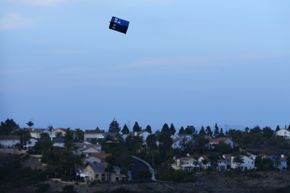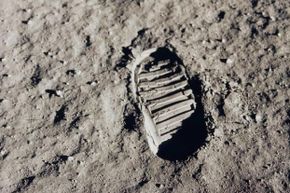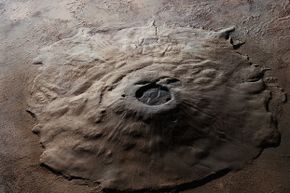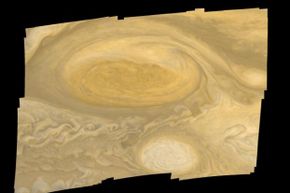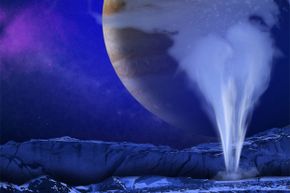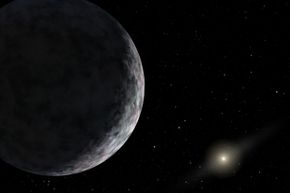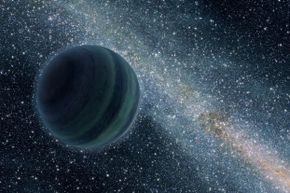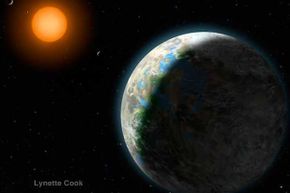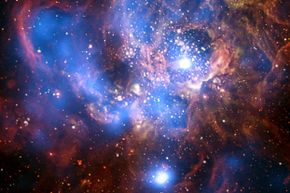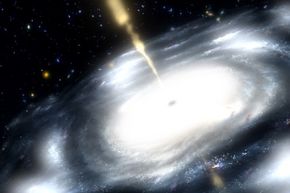Key Takeaways
- Space landmarks ideal for a cosmic sightseeing tour could include the Moon's Sea of Tranquility, Mars' Tharsis Bulge and Jupiter's Great Red Spots, offering unique geological and atmospheric phenomena.
- Destinations like Europa could offer potential submarine rides through its subsurface ocean, while Titan could invites visitors to experience lakes and rain of methane.
Care for a little space-based sightseeing? Feel the need to study abroad -- really, really abroad? Well, fling away your Fodor's and toss your TripAdvisor, because we have the only guided tour you'll need -- a foray into the final frontier so ambitious it will make the Voyager probes' Grand Tours look like daytrips.
Of course, zipping off to distant planets, moons and stars isn't as simple as thumbing a ride with a Vogon or booking passage with a Corellian smuggler and his Wookiee copilot. We'll have to break a few laws of time and space. There's a good reason Carl Sagan's landmark series, "Cosmos," resorted to a Spaceship of the Imagination: His destinations were mostly unspeakably dangerous or unreachably distant. And then there's the problem of time: Because light obeys a speed limit, our pictures of stellar objects are actually images of the past. By the time we reach them, they might have changed or ceased to exist.
Advertisement
Fortunately, we recently found an indestructible, time-traveling ship in a box of TARDIS Flakes (part of a past or future nutritious breakfast). It comes complete with scanners that detect all spectra, so we're guaranteed not to miss sights better seen in ultraviolet, infrared or X-ray. So, without further ado (and as another space-time traveler would say) ... allons-y!
